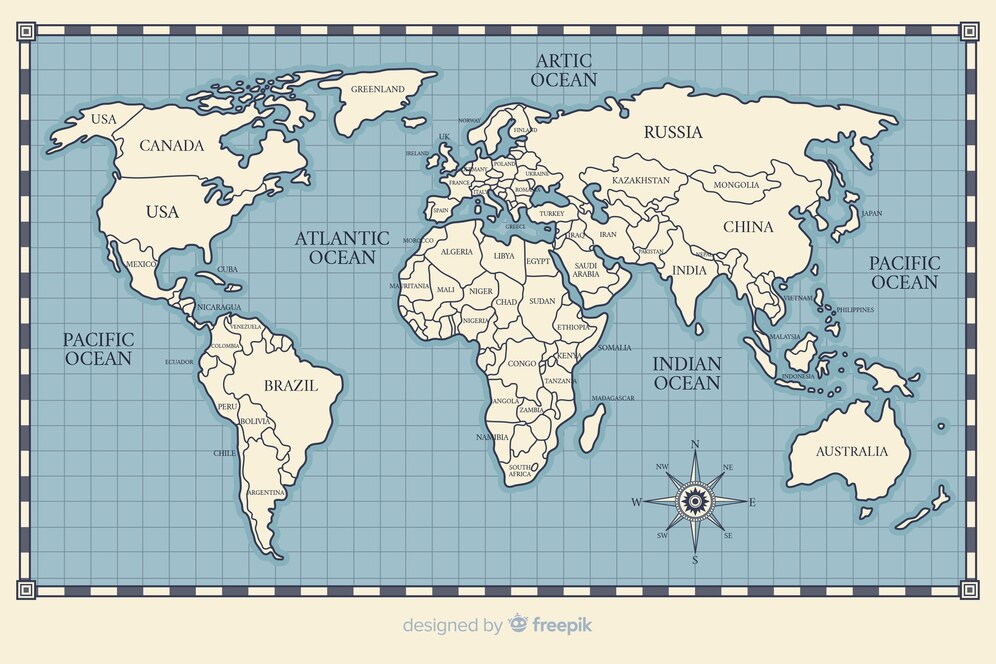Shipping regulations serve as the cornerstone of maritime commerce. Governing the movement of goods across borders and ensuring the safety, security, and efficiency of international trade routes. Within the sugar industry, the regulations play a pivotal role in shaping the dynamics of trade. Influencing everything from logistics operations to market competitiveness. In this blog post, we will explore the significance of shipping in the sugar trade, delve into compliance requirements. Analyze their impact on global commerce, and discuss potential policy changes that may shape the future of the industry.
Shipping Regulations
Shipping regulations encompass a wide array of rules, standards, and protocols governing the transportation of goods by sea. These regulations are established by international organizations such as the International Maritime Organization (IMO). Enforced by national maritime authorities and port authorities worldwide. Key areas covered by shipping regulations include vessel safety, crew qualifications, cargo handling procedures, environmental protection, and customs documentation.
Compliance Requirements
For participants in the sugar trade, compliance with shipping regulations is not only a legal obligation. It is also a critical aspect of operational efficiency and risk management. Sugar exporters and importers must adhere to various compliance requirements related to cargo stowage and securing. Packaging and labeling, documentation accuracy, and environmental standards. Failure to comply with shipping regulations can result in delays, fines, reputational damage, and even legal repercussions.
Impact on Trade
Shipping regulations have a profound impact on the dynamics of the sugar trade, influencing trade routes, shipping costs, delivery timelines, and market accessibility. Stringent regulatory requirements may restrict the movement of sugar cargo to certain regions, affecting supply chain logistics and market dynamics. Additionally, compliance with environmental regulations, such as emission control measures and ballast water management standards, can increase operational costs for shipping companies and, consequently, impact freight rates for sugar shipments.
Policy Changes
As the global maritime industry evolves, policymakers and regulatory bodies continually review and update shipping regulations to address emerging challenges and enhance the efficiency and sustainability of maritime trade. Potential policy changes in areas such as emissions reduction, digitalization of shipping documentation, and port infrastructure development may have significant implications for the sugar trade, shaping future trade routes, logistics strategies, and market dynamics.
Conclusion
In conclusion, shipping regulations are a fundamental aspect of the sugar trade, governing the movement of sugar cargo across international waters and influencing various facets of the industry. From compliance requirements to trade impacts and potential policy changes, shipping regulations play a multifaceted role in shaping the dynamics of global sugar commerce. By staying abreast of regulatory developments, adhering to compliance requirements, and adopting proactive strategies to navigate regulatory challenges, participants in the sugar trade can effectively manage risks and capitalize on opportunities in the ever-evolving global marketplace. For insights into innovations in sugar storage and distribution, check out our blog post on innovations in sugar storage and distribution. Additionally, to learn about the impact of global trade agreements on the sugar industry, read our blog post on global trade agreements and their impact on sugar.

